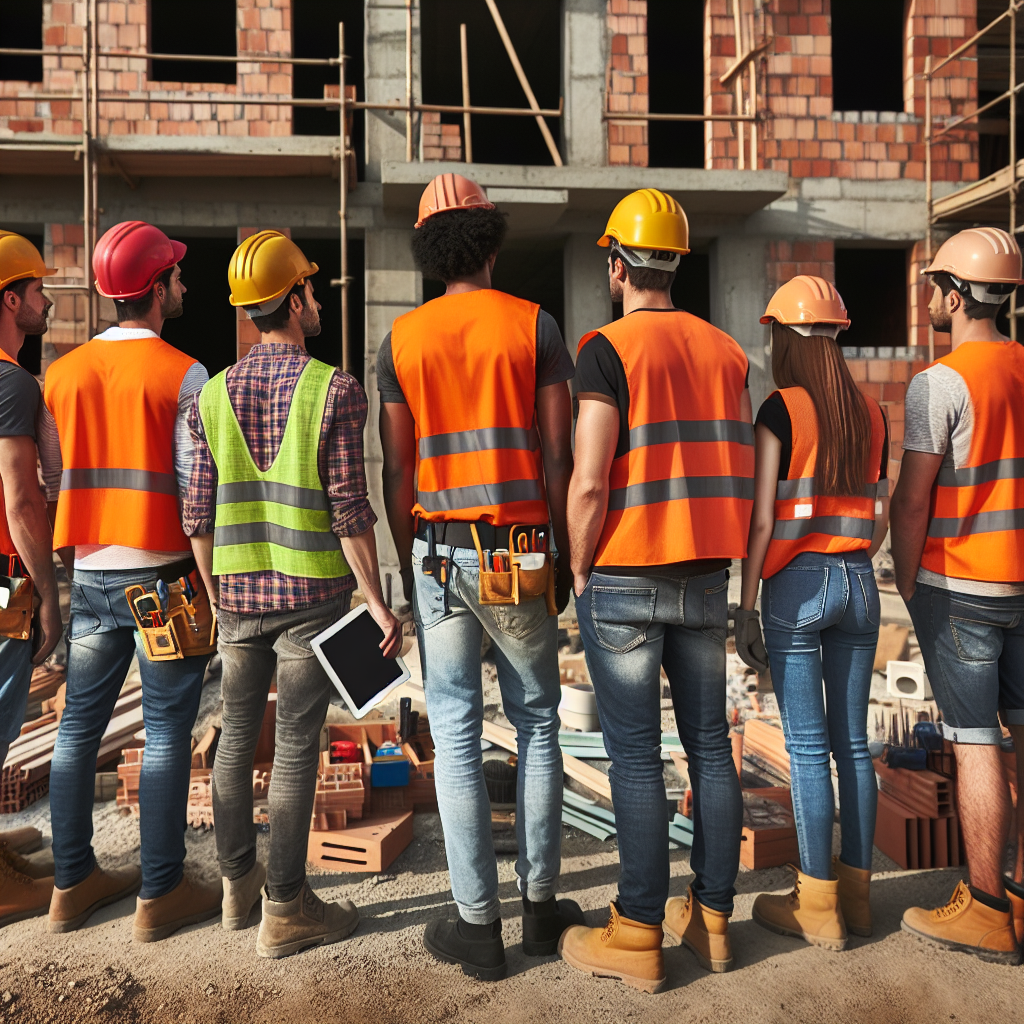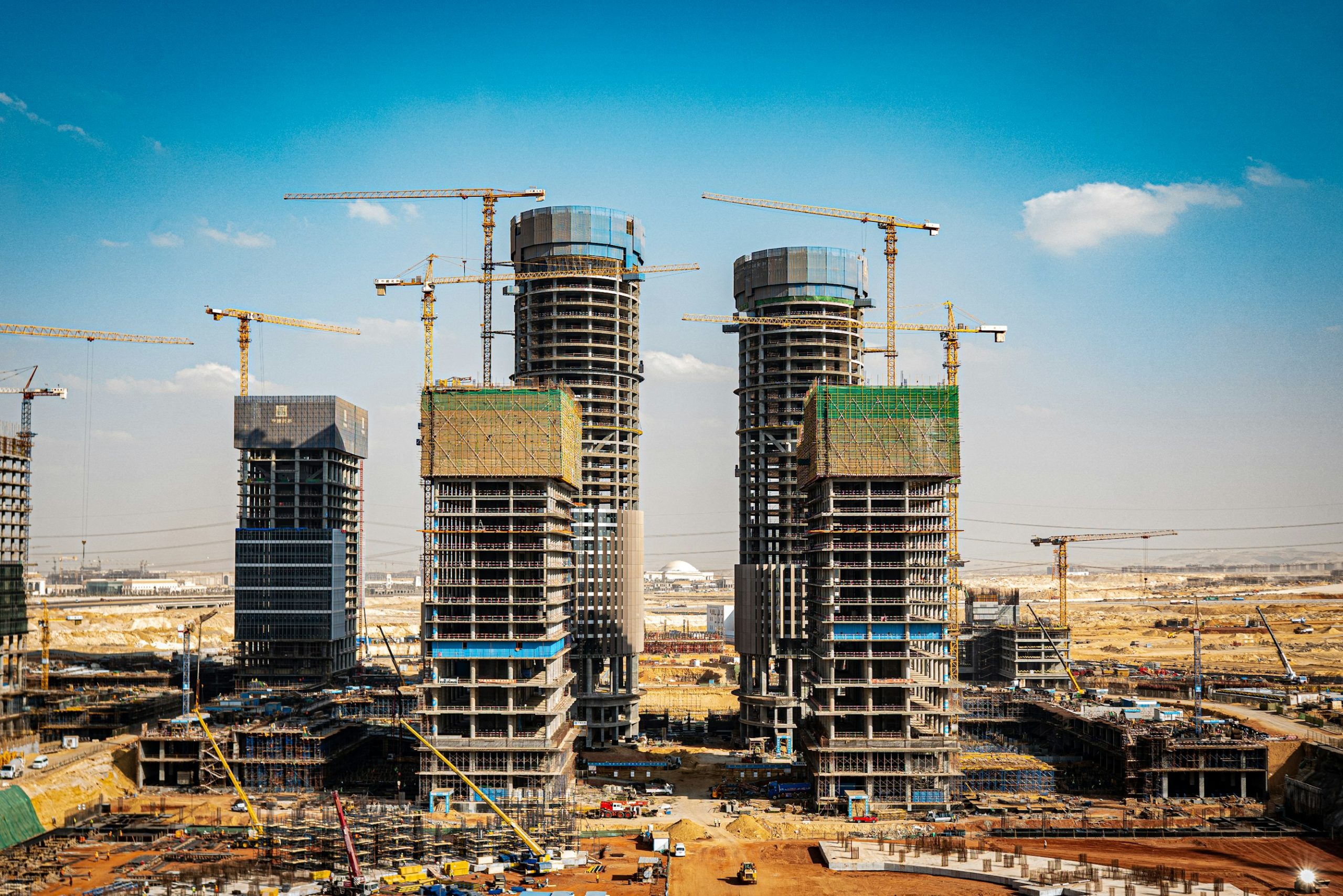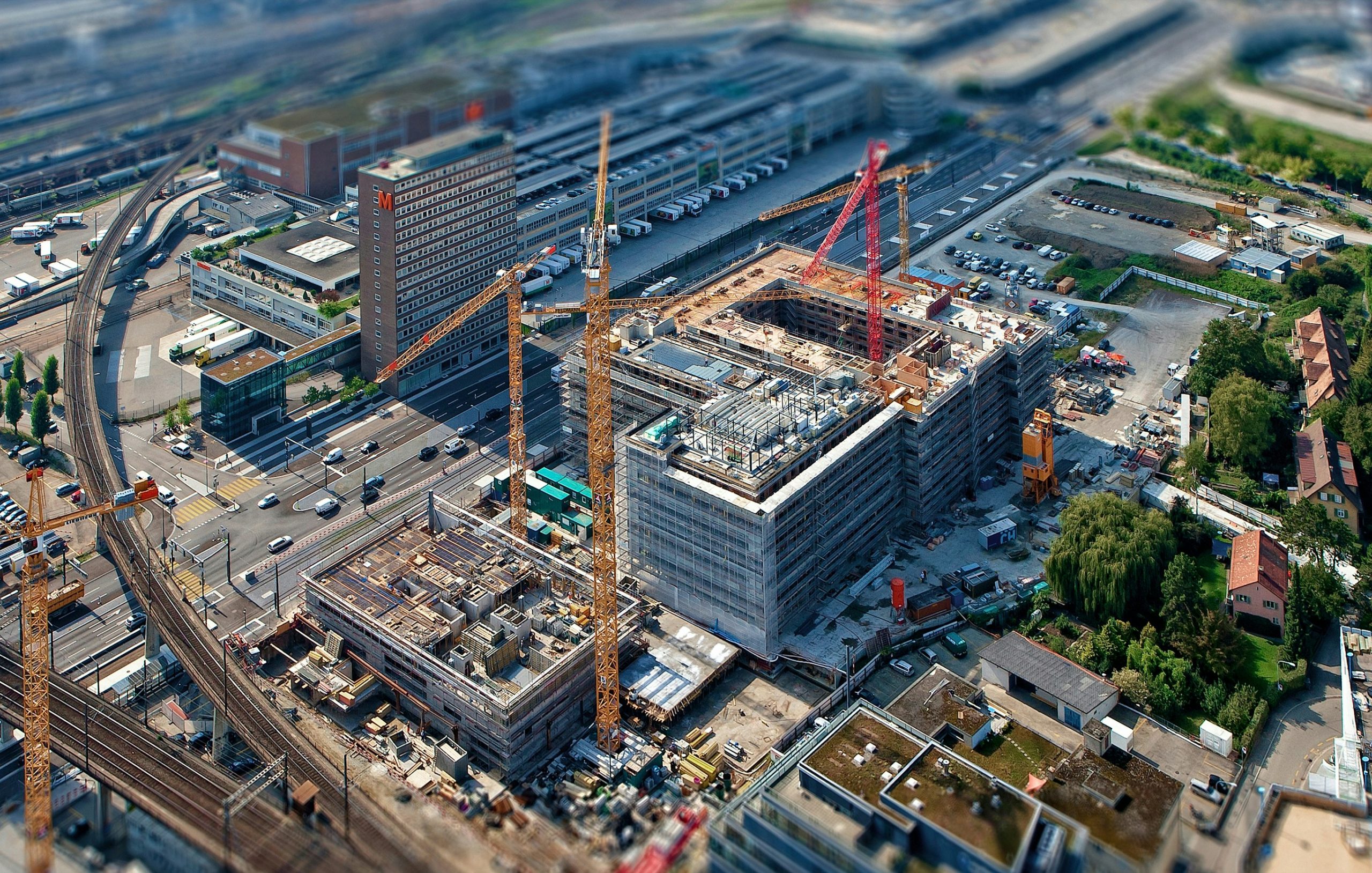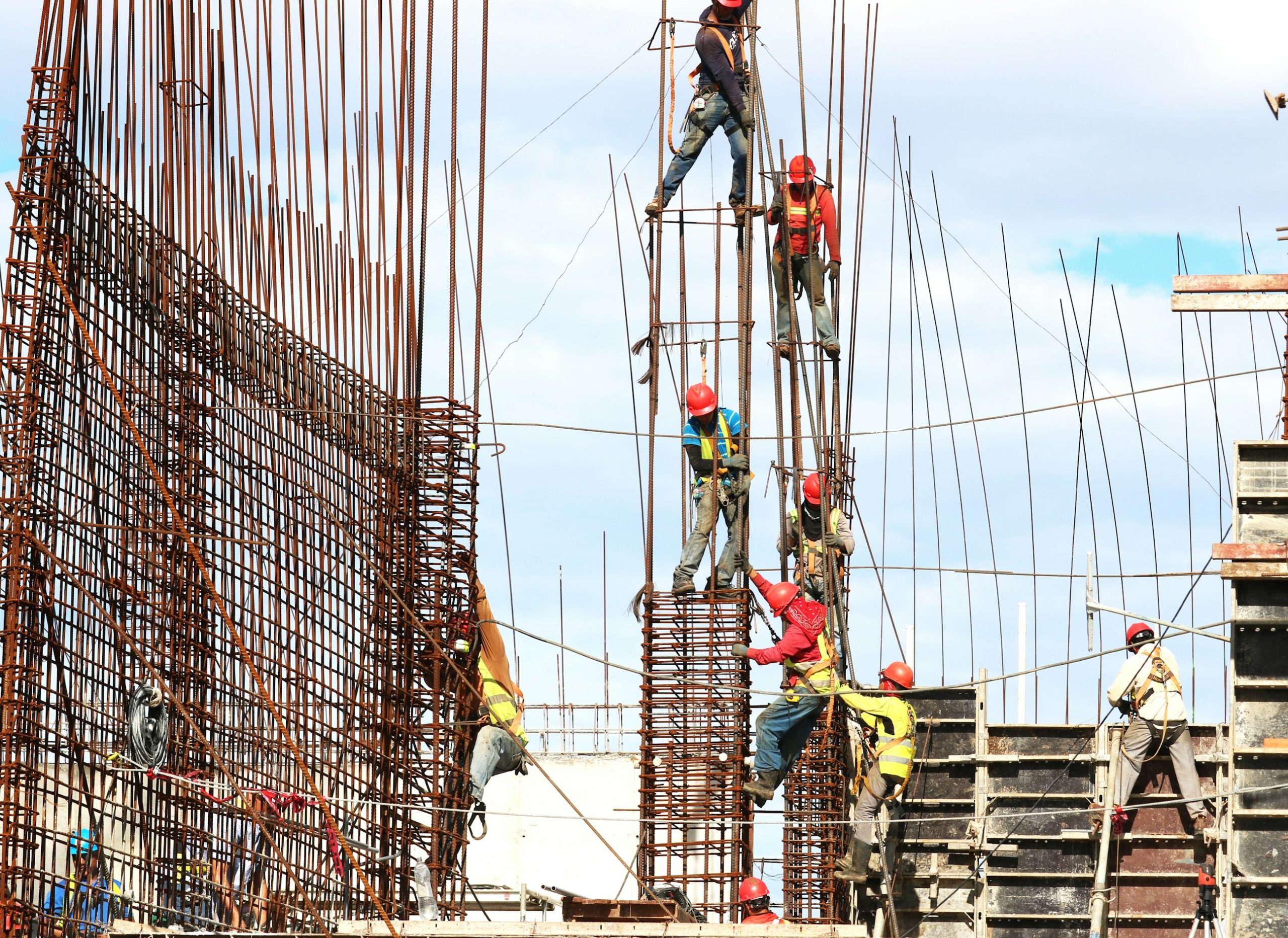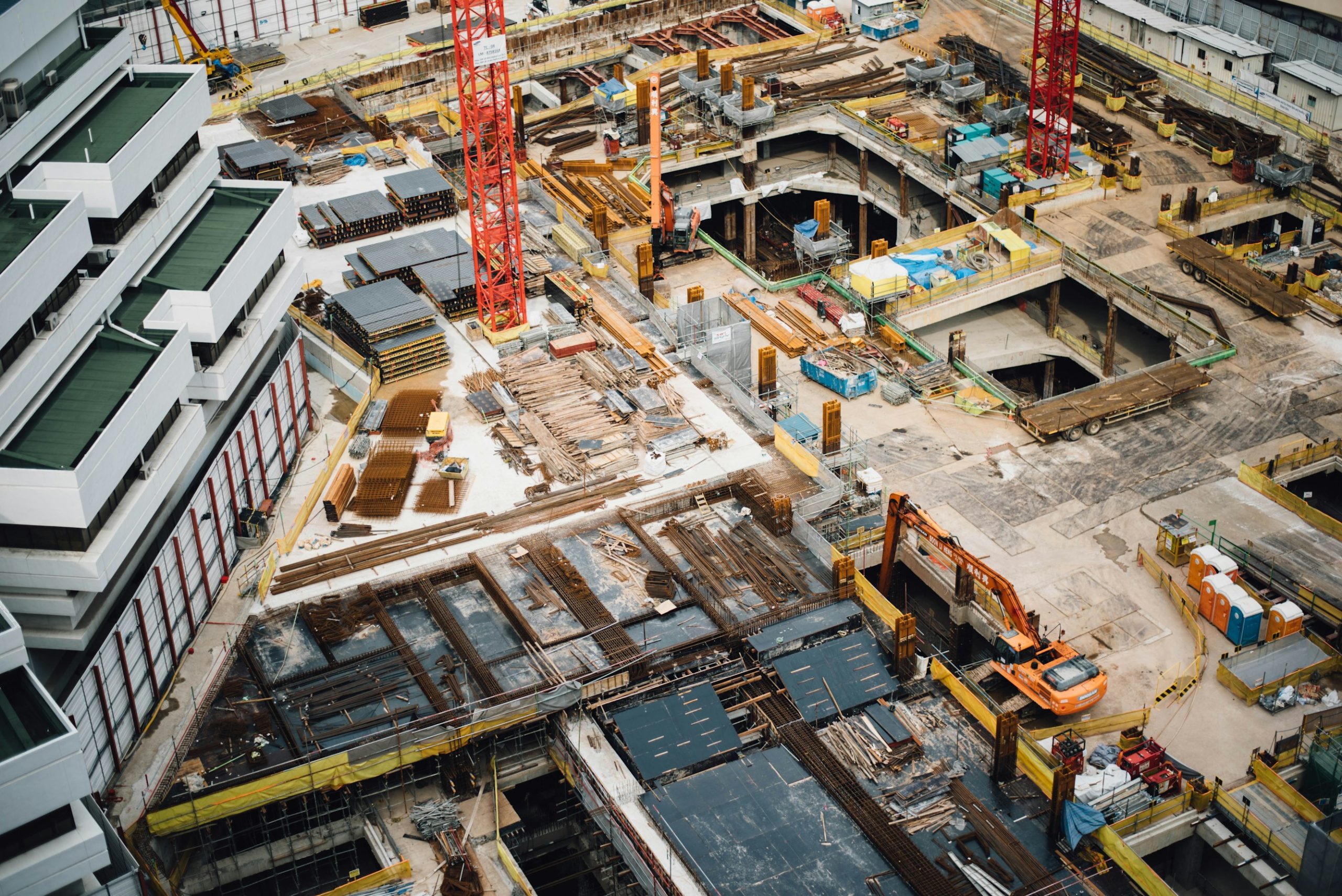AI-Powered Compliance: Reducing Legal Risks in Construction Projects
Introduction
The construction industry is fraught with legal risks, from contract ambiguities and compliance issues to safety violations and project delays. AI technology is increasingly being utilized to mitigate these risks, ensuring projects remain legally sound and efficiently managed. With the rise of construction project management software leveraging AI, companies can streamline their processes while enhancing compliance and safety.
Key Concepts of AI-Powered Compliance
AI Contract Review
One of the key features of AI in construction compliance is the AI-powered contract review software. These tools scrutinize contracts for ambiguities and inconsistencies, providing actionable recommendations to ensure that all parties are aligned. This approach reduces disputes and keeps projects on track. Moreover, the incorporation of automated compliance checks ensures contracts are up-to-date with the latest legal standards, minimizing the risk of non-compliance through regular updates and automated checks that reflect evolving regulations.
Compliance with Regulations
Staying compliant with local regulations and industry standards is paramount in construction projects. AI plays a crucial role by performing regular audits that ensure ongoing compliance, thus reducing the risk of fines and unexpected project shutdowns. The automation of updates allows AI tools to refresh contracts according to the latest legal requirements, thereby securing compliance across all aspects of a project.
Safety Protocols Embedded in AI
Safety is a critical area where AI can make a substantial difference. By embedding real-time monitoring capabilities into safety protocols, AI-powered sensors and cameras can monitor construction sites continuously, detecting potential hazards and ensuring compliance with safety standards. Predictive safety measures further enhance on-site security by analyzing historical data to forecast potential safety incidents, providing recommendations on mitigation measures aimed at reducing the risk of accidents.
Benefits of AI-Powered Compliance
Improved Safety
AI significantly enhances safety on construction sites. Its capabilities include:
- Real-Time Hazard Identification: Continuous monitoring allows immediate detection of hazards, enabling quick interventions to mitigate risks.
- Proactive Risk Mitigation: AI tools leverage real-time data to suggest mitigation measures, preventing accidents before they occur.
Enhanced Efficiency
AI optimizes project schedules and resource allocation, leading to improved operational efficiency. This is achieved through:
- Optimized Project Scheduling: AI considers various factors, including resource availability and weather conditions, to generate realistic project timelines, reducing delays.
- Supply Chain Optimization: By anticipating material requirements and optimizing inventory levels, AI helps to manage associated costs and ensures a steady supply of materials.
Cost Savings
AI directly contributes to effective financial management and cost reduction. It aids in:
- Efficient Contract-Costing: AI offers valuable updates, analysis, and insights into the financial aspects of contracts, minimizing financial mismanagement and enhancing the contract-costing process.
- Resource Allocation: Optimizing resource usage effectively reduces waste and lowers costs by mandated efficient use of all project elements.
Quality Assurance
AI enhances quality control processes by analyzing data to detect defects or issues early in the construction process, thus minimizing the likelihood of costly reworks.
Use Cases of AI in Compliance Management
Automated Fire Risk Compliance
AI can digitally interpret raw building blueprints using computer vision techniques, thereby managing building fire risks. This innovative approach automates the traditionally labor-intensive process of blueprint analysis, allowing project managers to identify potential fire hazards quickly and redesign floor plans for regulatory compliance.
Real-Time Risk Assessments
AI-driven tools continually monitor site conditions, analyzing visual and audio data to detect unsafe circumstances and predict potential risks. Companies like FYLD have reported that their AI-supported risk assessments have led to a 20% reduction in incidents and injuries by implementing real-time hazard identification alongside proactive safety measures.
Streamlined Subcontractor Management
AI continuously refines subcontractor management by providing real-time insights and support. For example, Superlegal AI assisted Oracle Elevator in improving project efficiency by optimizing the management of its subcontractors.
Best Practices for AI Integration
Regular Updates and Audits
A critical aspect of successful implementation is to keep abreast of changes in local regulations and industry standards, complemented by regular audits to ensure ongoing compliance.
Integration with Existing Systems
To ensure seamless integration of AI tools, construction companies should carefully plan to coordinate AI capabilities with existing project management systems without creating unnecessary complexities.
Robust Cybersecurity
As AI tools generate and analyze sensitive data, it is crucial to establish robust cybersecurity measures. This helps prevent unauthorized access and ensures compliance with privacy regulations.
Emerging Innovations in Construction Compliance
Generative Design
AI-driven generative design enables architects and engineers to define specific design goals and constraints. The AI generates optimized design options that maximize efficiency and cost-effectiveness, expediting the overall design process while ensuring compliance with relevant building codes.
Predictive Maintenance
AI enhances operational efficiency through predictive maintenance. It accurately predicts when construction equipment requires maintenance, repair, or replacement, effectively reducing downtime and promoting uninterrupted project progression.
How Zepth Can Help
Zepth offers advanced construction management solutions that can integrate AI-powered compliance tools into construction projects effectively. Here are some specific ways Zepth can enhance compliance management:
- Comprehensive Project Management: Zepth’s platform includes AI contract review software, ensuring all contracts are thorough, clear, and comply with relevant regulations.
- Real-Time Monitoring: Utilizing AI-powered sensors and cameras, Zepth can monitor construction sites in real-time to enhance safety and compliance.
- Resource Optimization: Zepth’s tools facilitate optimal resource allocation based on real-time data, reducing costs and waste.
- Predictive Analytics: By leveraging AI, Zepth can provide predictive analytics to forecast potential risks and propose effective mitigation strategies, ensuring project execution aligns with safety standards.
By incorporating these AI-powered compliance tools, construction companies can significantly reduce legal risks, enhance safety, and improve overall project efficiency. For more information on how Zepth can support your construction management needs, consider exploring Zepth’s comprehensive solutions.
